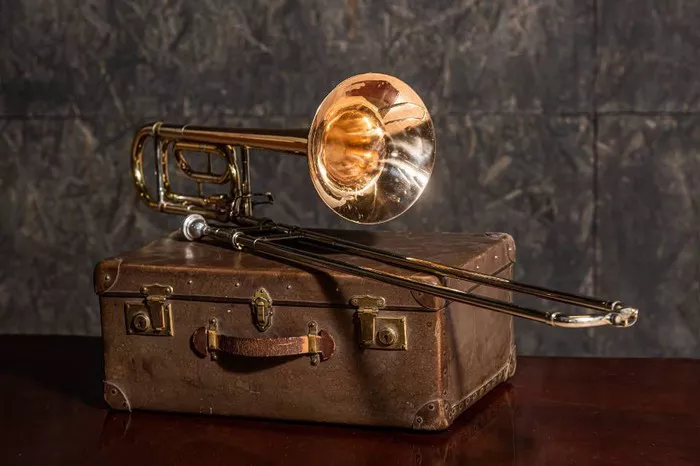The trombone, a staple in brass ensembles and orchestras, stands out among its counterparts for its distinctive features and versatility. In this article, we delve into what sets the trombone apart from other brass instruments, its unique characteristics, and considerations for choosing this instrument.
The Anatomy of the Trombone
The trombone features a slide mechanism rather than valves, allowing players to change the pitch smoothly and continuously. This distinctive feature grants trombonists greater flexibility in expression and phrasing compared to brass instruments with valves. The trombone’s elongated bell, coupled with its slide, produces a warm, rich tone that distinguishes it in both classical and contemporary settings.
1. Historical Significance of the Trombone
Dating back to the Renaissance era, the trombone has a rich history steeped in both classical and sacred music. Its prominence in orchestras, wind ensembles, and jazz bands underscores its adaptability across various musical genres. Unlike other brass instruments, the trombone has maintained its traditional design and playing technique, contributing to its timeless appeal.
2. Unique Playing Technique
Mastering the trombone requires a unique set of skills compared to other brass instruments. Trombonists must develop precise slide positions to produce accurate pitches, relying on muscle memory and ear training for intonation. Additionally, the trombone’s larger mouthpiece demands a robust embouchure and breath control for sustained playing, making it a challenging yet rewarding instrument to learn.
3. Versatility in Musical Genres
From classical symphonies to jazz improvisations, the trombone’s versatility shines across a spectrum of musical styles. Its ability to blend seamlessly with other instruments in orchestras and chamber ensembles highlights its adaptability and expressive range. Furthermore, the trombone’s role in jazz and big band music allows for creative improvisation and solo performances, showcasing its dynamic capabilities.
4. Sonic Characteristics
The trombone’s distinct timbre and resonance set it apart from other brass instruments. Its deep, mellow sound adds richness to ensemble textures and lends itself to both lyrical melodies and powerful fanfares. Whether performing delicate passages or bold crescendos, the trombone’s tonal versatility captivates audiences and elevates musical compositions.
5. Visual Appeal and Performance Presence
Beyond its sonic qualities, the trombone commands attention with its striking appearance and commanding presence on stage. The instrument’s elongated slide and gleaming brass construction captivate audiences visually, enhancing the overall performance experience. Trombonists often embrace the instrument’s visual appeal, incorporating expressive body language and gestures to complement their musical expression.
6. Collaborative Opportunities
In ensemble settings, the trombone serves as a linchpin, bridging the gap between brass, woodwind, and percussion sections. Its flexible range and dynamic capabilities make it an indispensable component of orchestral, band, and chamber music arrangements. Moreover, the trombone’s ability to blend seamlessly with other instruments fosters collaboration and musical cohesion within ensemble settings.
Should You Choose the Trombone?
When contemplating whether to pursue the trombone, aspiring musicians should consider several factors. Firstly, the physical demands of playing the trombone, including breath control and slide technique, require dedication and practice. Additionally, students should explore the diverse repertoire available for the trombone across classical, jazz, and contemporary genres to determine their musical interests and aspirations.
Conclusion
In conclusion, the trombone stands out among brass instruments for its unique characteristics, including its slide mechanism, versatile playing technique, and distinct sonic qualities. Whether performing in orchestras, jazz bands, or chamber ensembles, the trombone’s expressive range and visual appeal captivate audiences and elevate musical performances. Aspiring musicians drawn to the trombone can embark on a rewarding journey filled with musical exploration and collaborative opportunities.


